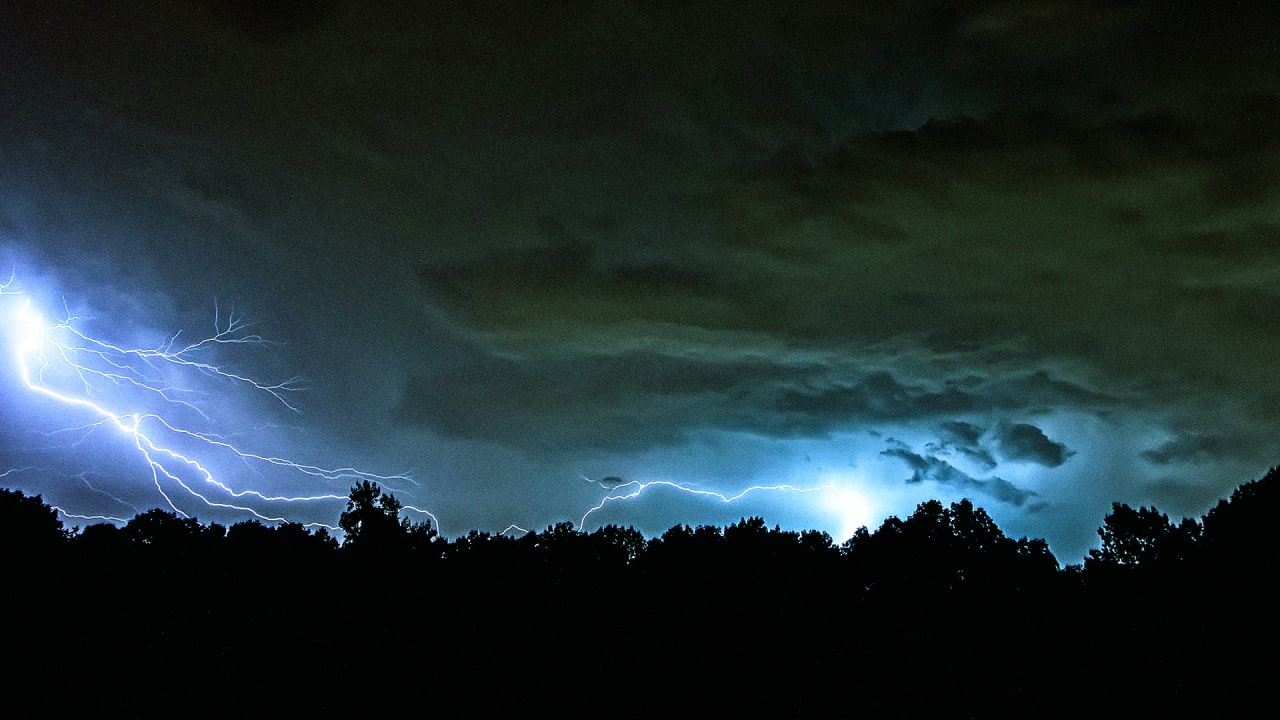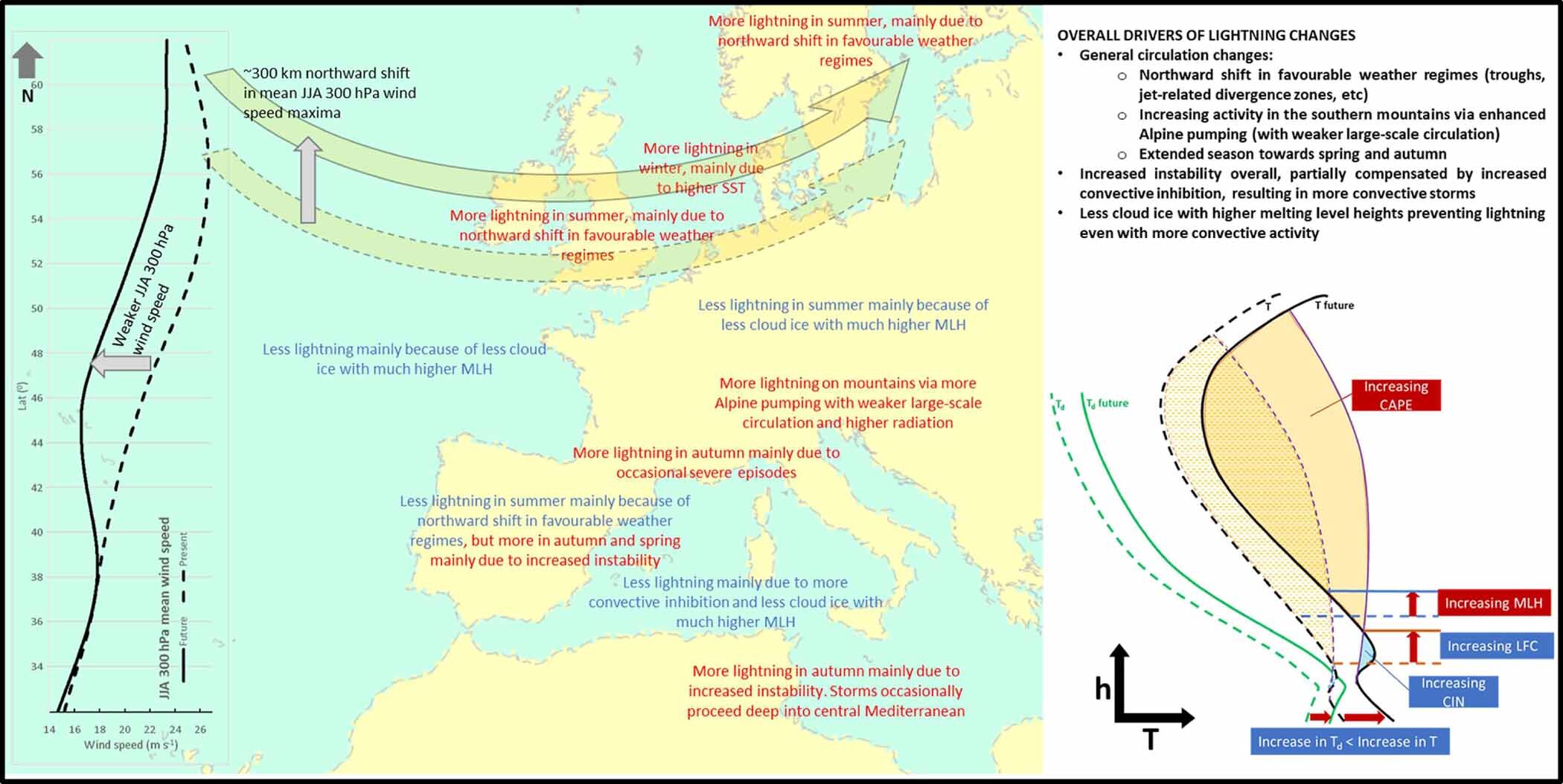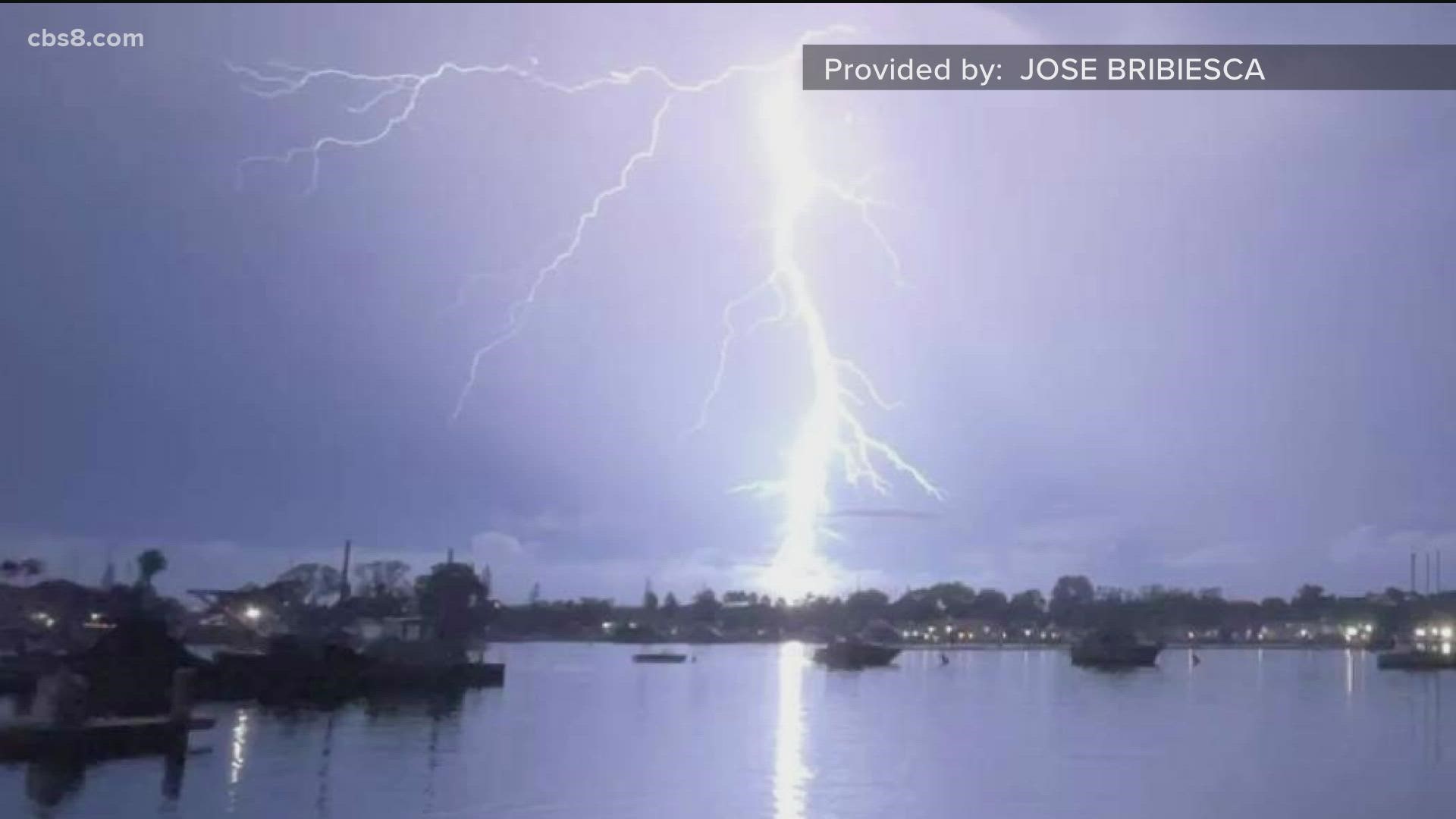Reference




OpenAI's Answer
Climate change is expected to influence lightning activity in various regions, leading to diverse impacts. Here's a summary of the projected changes:
-
Increase in Arctic Lightning: Research suggests that summer lightning activity in the Arctic could more than double by the end of the century. This increase has significant implications for fire risk in permafrost regions. Read more here.
-
Surge in Incendiary Lightning: There is evidence suggesting that as temperatures rise, so will the frequency of "hot" lightning strikes that can ignite wildfires. Simulations show a potential increase in lightning activity globally under future climates. Learn more here.
-
Influence on Atmospheric Chemistry: Lightning contributes to the production of nitrogen dioxide, thereby affecting atmospheric composition and influencing global warming. It has become an essential climate variable under scrutiny. Discover more here.
-
Changes in Lightning Patterns across Europe: Climate change may alter lightning patterns in Europe, affecting both the frequency and distribution of lightning strikes. Details can be found here.
-
Potential Decrease in Some Areas: While many studies predict an increase, some areas might see a decrease in lightning due to changes in atmospheric conditions affecting storm formation. Explore the findings here.
These changes in lightning activity due to climate change could have varied impacts, including increased wildfire risk, shifts in atmospheric chemistry, and alterations in regional weather patterns.
Follow Up
Related
Young Mind's activation described
How do the physical education activities at AIPCS compare to traditional sports programs?
What are the primary economic activities that support Blumenort's local economy?
What activities does the Silky Terrier enjoy to stay active and avoid boredom?
Gondola2000: levi resort